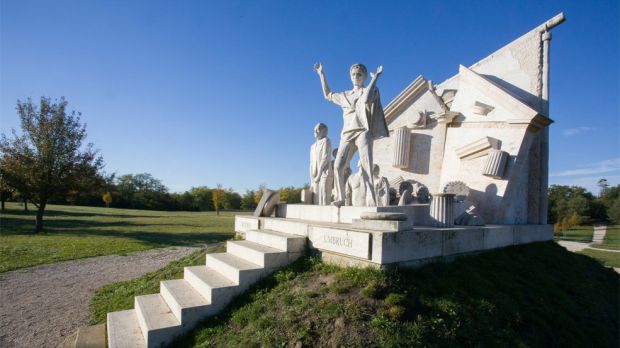German Chancellor Angela Merkel will visit Hungary on August 19th for the 30th anniversary of the Pan-European Picnic, an event in 1989 that began as a peaceful demonstration and culminated in a temporary opening of the border, allowing citizens from East Germany to flee to Austria from Hungary through the Iron Curtain.
That day carries enormous significance for the anti-communist revolutions in this region and for German reunification, and Chancellor Merkel’s visit is an expression of appreciation for the Hungarian contribution to that reunification. Here is the story behind the Picnic.
In 1989-90, Hungarians and the other nations of this region took control of their own destiny, rejecting foreign rule and the communist dictatorship. This was our revolution: national independence instead of foreign occupation, private property instead of state and community property, multi-party system instead of a one-party system, free elections, and the basic freedoms of the classic, liberal order – freedom of expression, assembly, religion and press. It was a genuine revolution, a point that shouldn’t be forgotten.
On August 19th, we remember the day thirty years ago that pushed the revolution forward. A group of civic leaders organized a Pan-European Picnic, promoting the creation of a Europe without borders and Austro-Hungarian rapprochement and cooperation. During the picnic, a gate in the Iron Curtain between Hungary and Austria was temporarily opened, allowing several hundred East Germans to cross the frontier into Austria and the West.
The Pan-European Picnic stands as one of the most important events leading to the fall of the Berlin Wall. After secret consultations with the Soviet Union, Hungary eventually opened its borders to citizens of East Germany and other Central European countries on September 11th, the first time a Central European border was opened to citizens of Eastern Bloc states. Within a few months after the opening, more than 70,000 East Germans fled to West Germany via Hungary.
That then opened the door to German reunification, completed little more than a year later in October 1990.
Steffen Seiber, spokesman for the German chancellor, said that Angela Merkel and Hungarian Prime Minister Viktor Orbán will attend an ecumenical worship service and deliver remarks at the Lutheran Church in Sopron, followed by a bilateral meeting, where the focus will be bilateral relations and European and foreign policy issues. The two will hold a joint press conference following the meeting.

Image credit:
soproni-szallas.hu
paneuropaipiknik.hu
